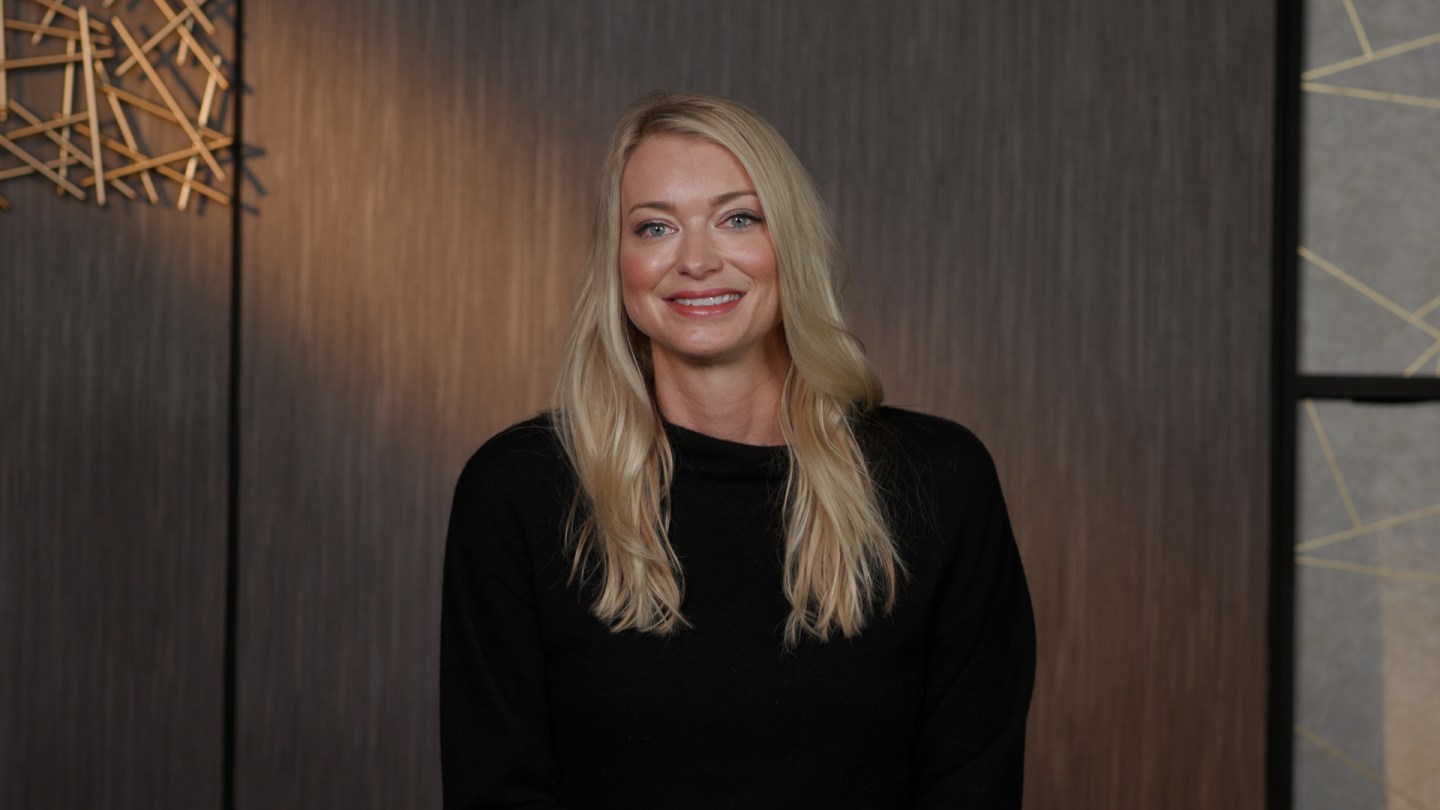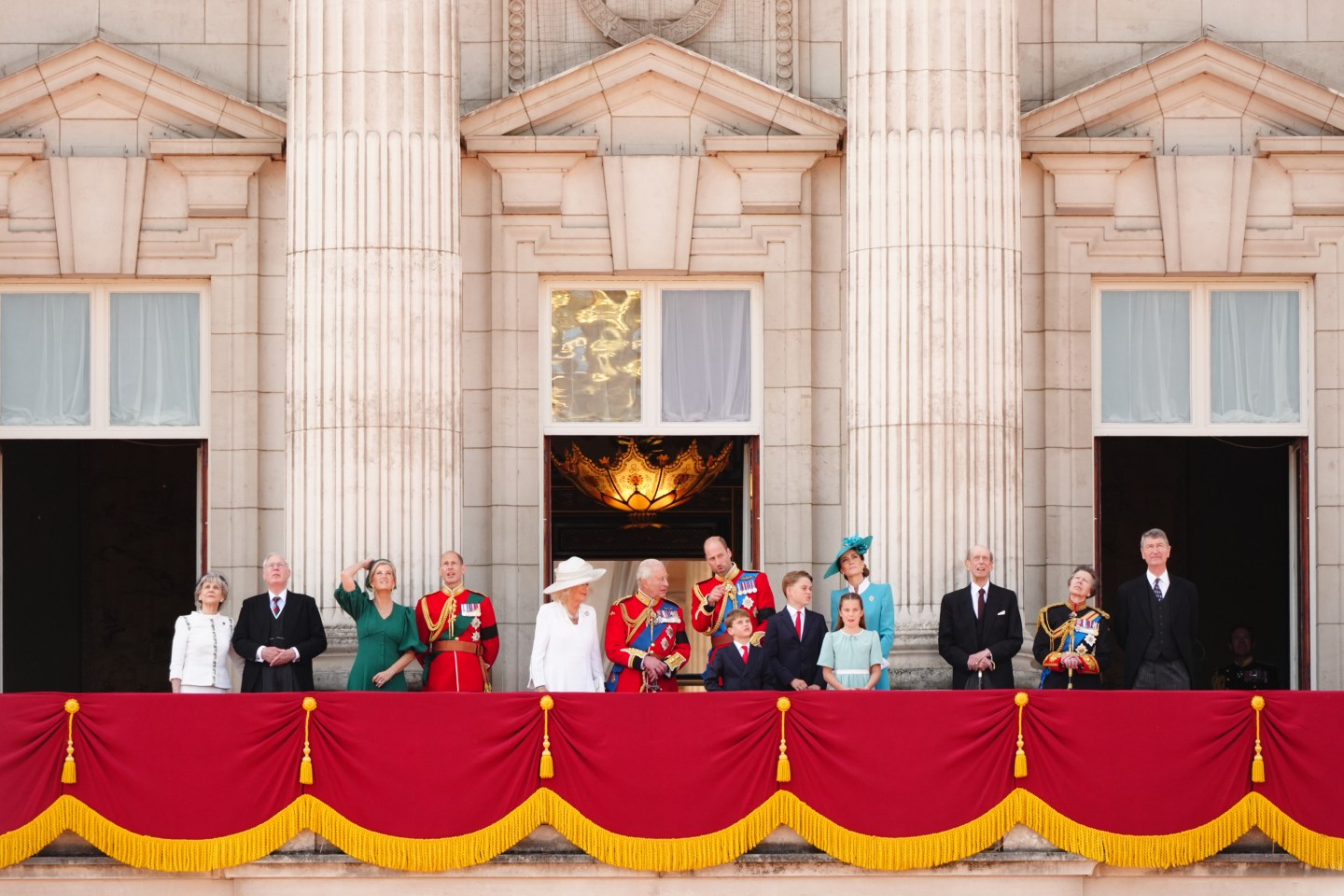It’s not you, it’s your LinkedIn profile.
As singles gear up for this weekend’s “Dating Sunday”—the first Sunday of the new year and usually the busiest day for dating apps—one contender is hoping to woo new users with high standards and a disposition for even higher price tags.
“I consider January 7th to be the biggest day of the year for dating,” The League founder Amanda Bradford told Fortune. “It’s the perfect day to reboot your dating profile and kick off a new dating era for yourself.”
According to Bradford, the nine-year-old app typically sees an uptick around the de facto holiday, citing an increase in usage for a speed-dating feature that allows users to meet via video chat for a three-minute conversation. Dating giant Tinder also recently revealed that its users participate more on Dating Sunday than any other Sunday of the year, responding an average of 19.4 minutes faster and sending 22% more messages globally in 2023.
But Bradford hopes her platform, popularized by millennials and Gen Z and billed as a dating app for the “overly ambitious,” will attract new users this year.
Launched in 2014, The League is known for its status as an app for the “elite” and limits new users with a waitlist based on a profile review. The League declined to share with Fortune its total user base, but claims to have produced over 2.6 million matches in 2023. The platform now belongs to a family of dating platforms under Match Group’s portfolio—which includes Hinge, OkCupid, and Tinder—thanks to a reported $29.9 million acquisition in 2022.
A VIP $30,000 price tag
Born during the “Tinder Revolution” almost a decade ago, The League is the brainchild of Bradford, a Stanford grad. The entrepreneur recently explained to Fortune that while swiping across lackluster profiles as an MBA student, she became frustrated with a dating app scene that was “essentially a game of hot or not.” She said she couldn’t find enough information about her matches from their profiles before going on dates.
After ending a five-and-a-half-year relationship, Bradford was looking for a partner who “wasn’t scared of the fact that I was very career-driven.” To supplement the missing gaps in her prospects’ dating profiles, Bradford said she would “social-media stalk” her matches on LinkedIn, Twitter, and Facebook, a tactic she credits as the inspiration for The League.
“You put in your LinkedIn profile as a means of admission, so you’re gonna see what someone does in their career, their education, their background,” Bradford explained. “I wanted this information to be really contextualized within the app instead of having to dig for it after the fact.”
The app’s initial membership tier of $20 per month is now just a fraction of its current cost, which starts at nearly $100 per week. The priciest of its four paid tier now offers “VIPs” the opportunity to dabble in up to 10 different cities’ dating pools, chat with potential matches in weekly speed dates, see up to eight dating prospects per day, and consult with a personal “concierge” dedicated to providing dating advice and suggesting profile improvements. One month of the “VIP” membership tier costs nearly $2,500—up to $30,000 for a full year. A spokesperson for The League told Fortune that the basic $100 per week Member tier is its most popular for paying subscribers, followed by its Investor tier, which starts at almost $400 per week.
“Prices can always change based on what we see working best for our users,” the spokesperson said.
While the monthly pricing scheme is more than half of CoStar Group’s estimated average monthly rent for a studio in New York City, one of The League’s top cities, Bradford says the platform’s basic “ethos” is to connect “motivated, ambitious individuals” with a “like-minded partner.”
“I built The League for myself, to essentially find my life partner,” Bradford told Fortune. “I wanted to find a relationship that would support me being ambitious, being motivated, being career-focused and not be intimidated or threatened by that.”
The future of dating is tech-enabled
Happenstance dating is no longer in style, according to The League’s founder. Instead, singles should expect to implement “bias towards action,” and actually make an effort to find a connection.
“One of the reasons I built The League is that I don’t believe in serendipity,” Bradford said. “I didn’t want to sit around and wait for the perfect match to drop down from heaven.”
Instead, Bradford envisions a future of dating based on strategy and algorithms to make the process more efficient. “We’re thinking, how do we direct you in a way that you can almost have serendipity, but it’s much more strategic and more tech-enabled?”
That could mean building tools like a “compass heat map” that points users to areas where other singles who fit their dating preferences frequent to help foster in-person connections.
An increasing reliance on technology is a sentiment echoed by fellow dating app founder and Hinge CEO Justin McLeod, who recently told Fortune that his company is utilizing artificial intelligence to make matchmaking more effective.
“As cold as the word ‘efficient’ is when it comes to dating, ultimately, we’re trying to get you to have to do less work and go through fewer people to find your person and move off [the app] faster,” McLeod said.
Online dating is continuing to gain steam, with nearly three in 10 U.S. adults saying they have used a dating site or app, according to Pew Research Center’s 2023 survey of 6,034 adults. Over a third of dating app users (35%) said they have paid to use the platforms and their extra features.
Bradford has coined a phrase for this new wave of dating: “tech-enabled serendipity,” a trend she believes will be the future of finding love “instead of just sitting around and hoping.”
In practice, it means “really using the tools that we all have in our pocket to give ourselves the best shot at bumping into someone in a bar, but being smart about it and not depending 100% on luck and happenstance.”
.@theleague founder and CEO @amandabradford reimagined the parameters of online dating by adding an extra emphasis on selectivity and an unmistakable air of prestige. https://t.co/ov3bdgGR9A pic.twitter.com/CqTHgfcZI7
— FORTUNE (@FortuneMagazine) December 23, 2023













